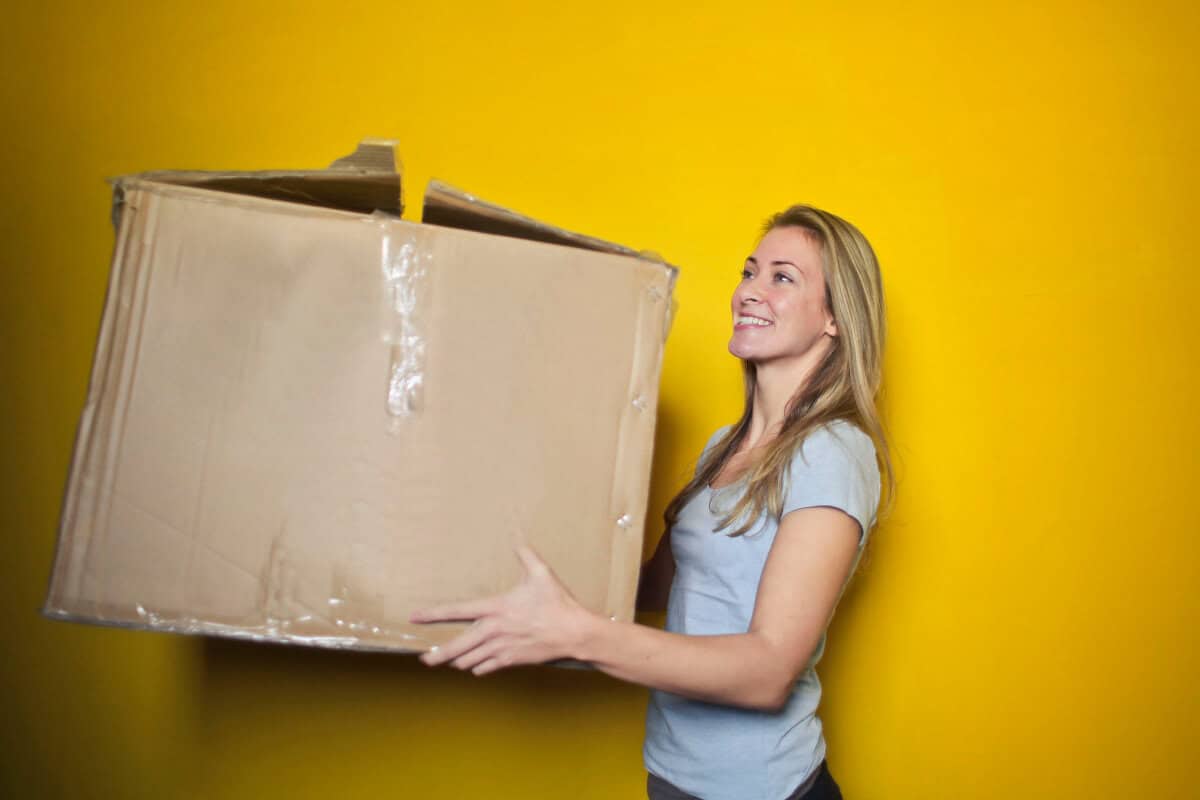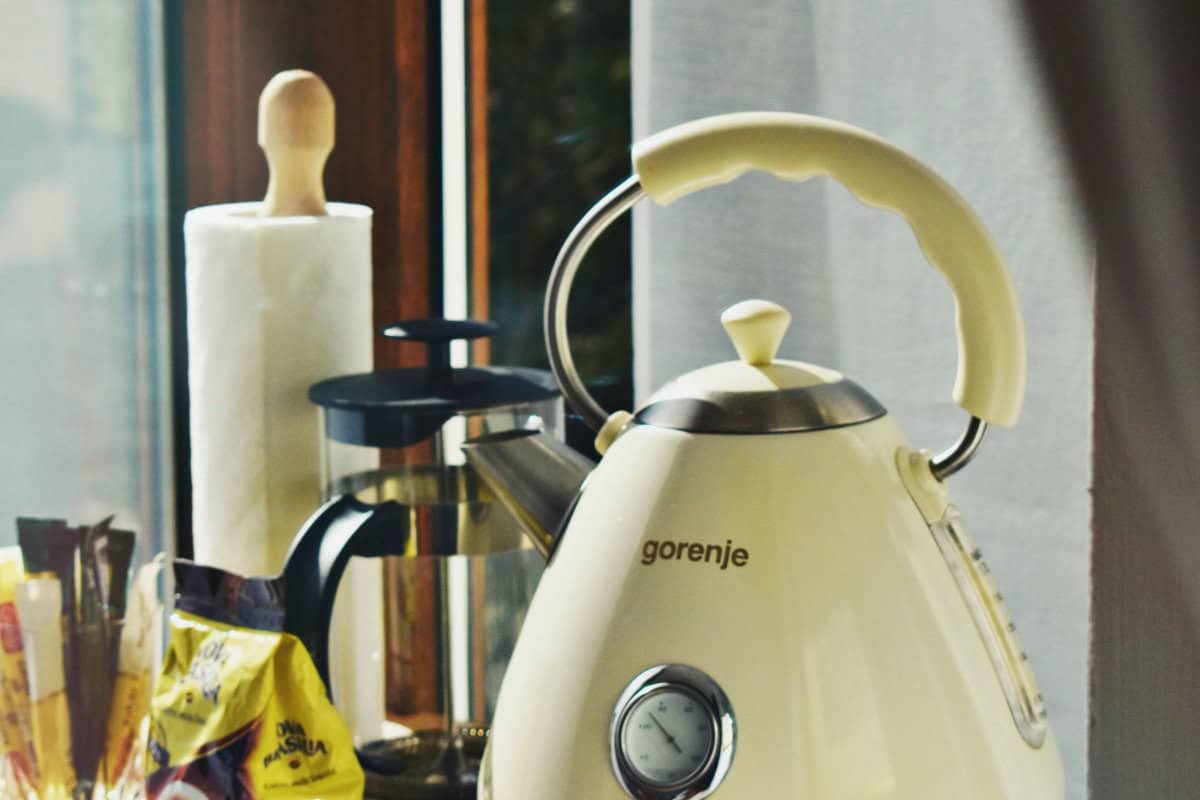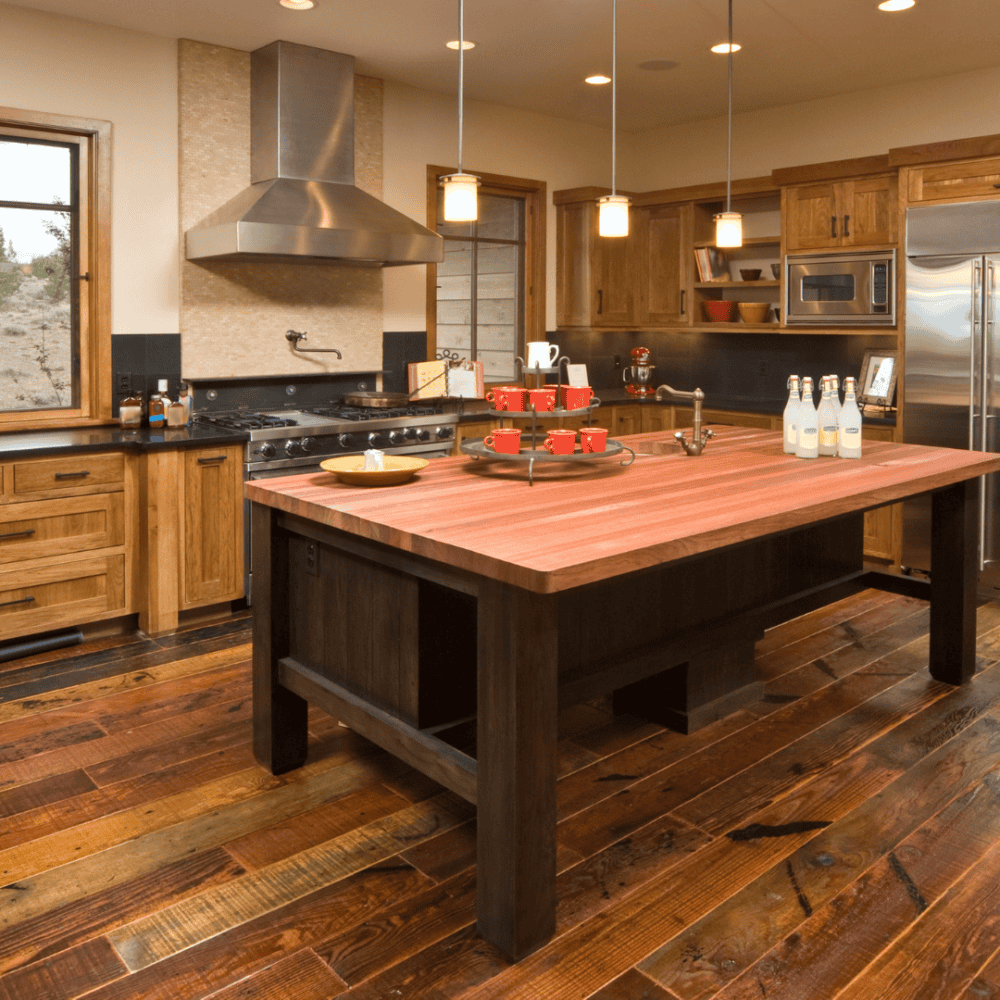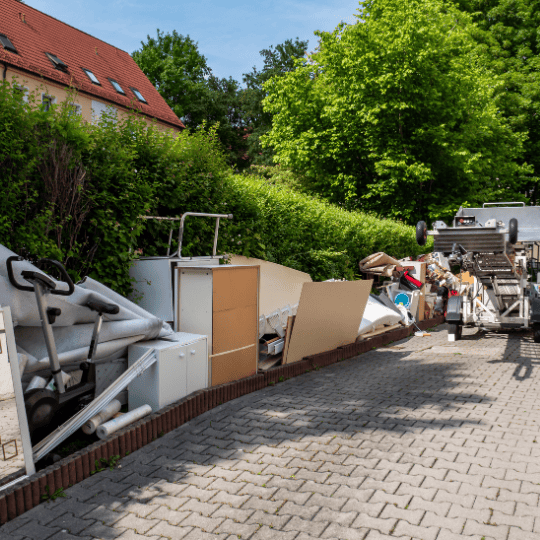5 tips for moving to a smaller house
Table of Contents
Moving to a smaller house may feel like a sacrifice. However, it may be the best choice for the moment. And the operative phrase is “for the moment.” So, given that the family has decided to move, here are some strategies to help you cope with not just moving, which is already stressful by itself, but moving to a smaller house.
Prioritise And Streamline

A bigger house might accommodate a lot of extras but moving to a smaller house allows the family to really prioritise what matters to them. Do they really need spare sets of crockery? Can they make do with just one refrigerator? This process might be the most heartbreaking one because the family has gotten used to the things that surround them. Here are a few things, in order of priority, that the family can do to streamline and declutter:
- Get the floor space and measurement of the new place to estimate what type of furniture and appliances will fit.
- Make a list of what can fit in the new place, based on the specifications. Anything outside of what can actually fit should fall into the category of things to be streamlined.
- Sell whatever can be sold. If the family is concerned about saving money, they might as well make some money while they are in the process of moving. They can hold a garage sale or have an online auction.
- Whatever cannot be sold should be donated or given away. The local church or the family’s favourite charity will surely appreciate donations. Whatever the family also considers treasures can actually be given away as heirlooms to other relatives. This might even apply to the family pet. Children may baulk at parting with their beloved dog but parents should explain that the new place cannot accommodate a pet and that they will find a loving home where their pet can stay.
- Lastly, the things that can and should be thrown away.
Shelves, Shelves and Shelves
Given the smaller space, the family needs to prepare a lot of creative storage solutions. One way is to have a lot of shelves. Shelves save a lot of room by using up all the space against a wall or door. The family just needs to keep a step ladder handy so that items on the top shelves are accessible. This is also one easy way of keeping things away from toddlers to avoid mishaps.
Another way of creating storage space is to ensure that some furniture doubles up as storage space: beds, side tables, benches, refrigerator tops.
Proper Space Assignments And Labeling

One way a family can move in a stress-free manner is by already knowing in advance what things go where in the new place.
1. Rooms or room assignments must already be chosen for family members. So that each child can contribute, they can be assigned to be responsible for packing their own things.
2. For easy identification, labelling should be on all sides of the packing boxes. This way, even if the boxes are stacked, the contents are easily identifiable.
3. Family members can even have their own “codes” for labelling like “Jane’s dresser table contents and books.” This is one way for family members to adjust to the new space. They get to transition from the old place and re-imagine where things go in the new place.
Packing A Suitcase For Transition Living
Boxes won’t be unpacked right away. To save the family the trouble of stressing out over not having things unpacked. Each family member must have a transitional suitcase. This suitcase must contain a week’s worth of clothes, bed linen, favourite toys and toiletries. As soon as the family arrives in the new home, they aren’t immediately pressured to unpack everything. They can prioritise and clean up and not have to worry about what to wear and what soap and toothbrush to use.
What To Unpack First

Given that the family has moved to a smaller house, they need to unpack only the essentials first as they navigate around all the boxes. Some recommendations, in order of priority:
- Kitchen stuff and snacks. No one will want to work and unpack on an empty stomach. So, it would really be helpful to make sure that the refrigerator, kettle and stove are one of the first appliances up and running upon arriving at the new place.
- Beds or sleeping cots. Everyone will be tired and cranky on the first day of the move. Family members need to have a place to rest. Parents should remember to make sure that each person in the family has packed away some bed linen in their transitional suitcase.
While moving to a smaller house might be a stressful and sad time for the family, it is also the perfect opportunity for them to prioritise what’s important to them: having each other and having a roof over their heads. To work out the logistics of moving to a smaller place, a family just needs to remember to prioritise and streamline, have some creative storage space, properly configure and label boxes, pack a transitional suitcase and know what to unpack first.




